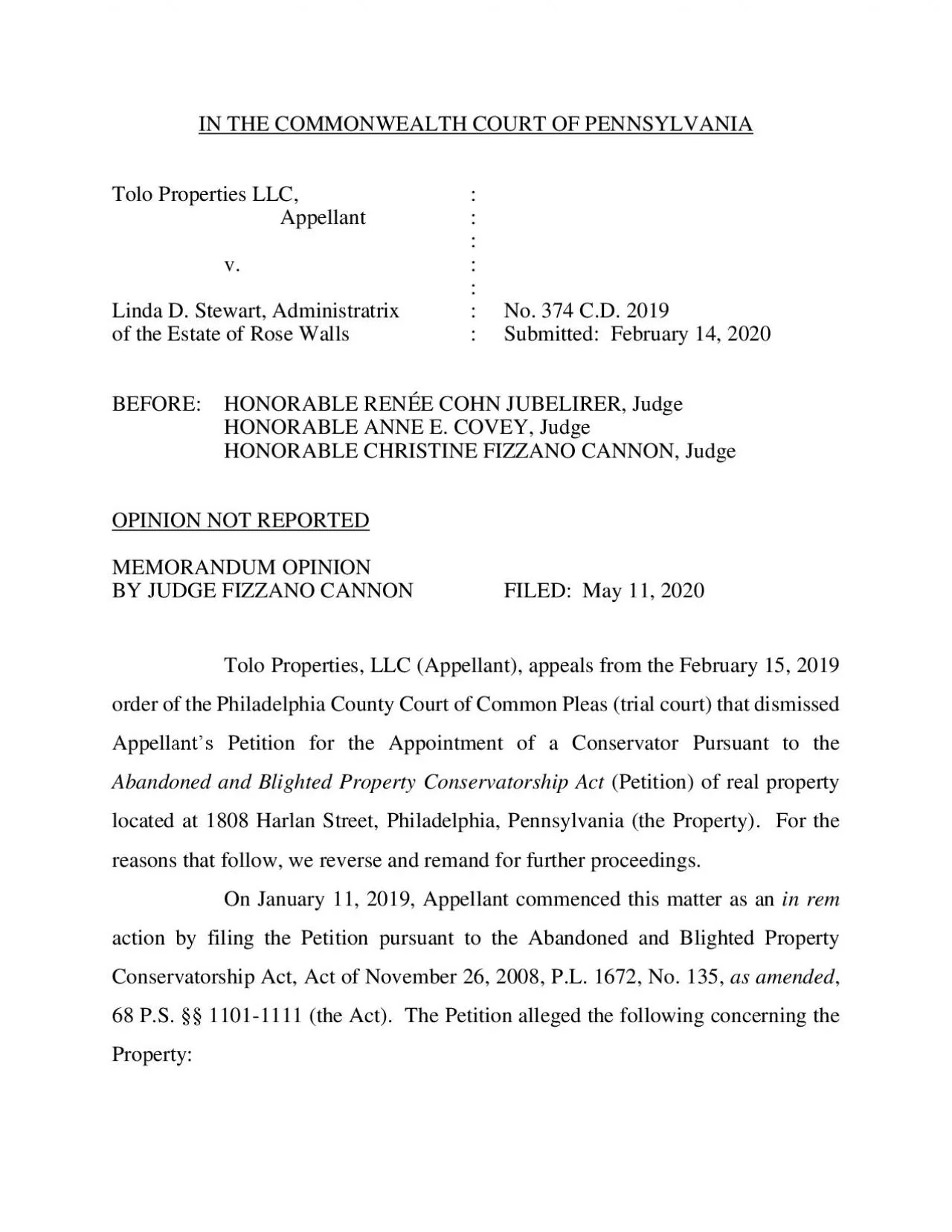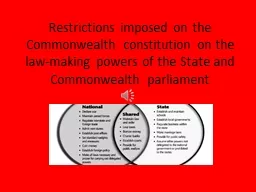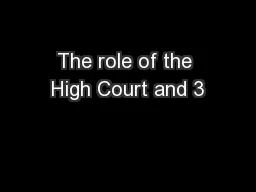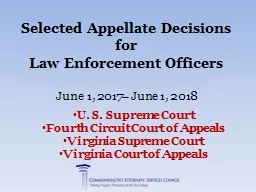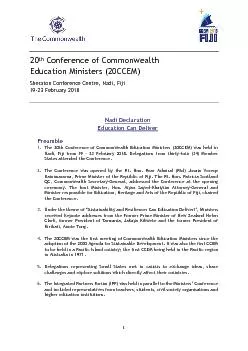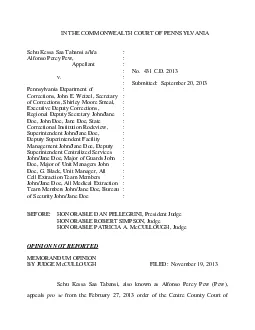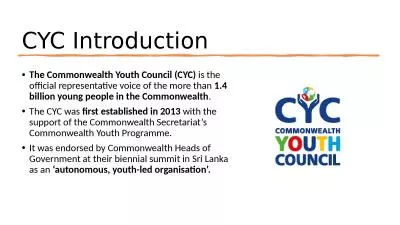PDF-IN THE COMMONWEALTH COURT OF PENNSYLVANIA
Author : oryan | Published Date : 2021-08-06
Tolo Properties LLCAppellantvLinda D Stewart Administratrix No 374 CD 2019of the Estate of Rose WallsSubmitted February 14 2020BEFOREHONORABLE RENE COHN JUBELIRER
Presentation Embed Code
Download Presentation
Download Presentation The PPT/PDF document "IN THE COMMONWEALTH COURT OF PENNSYLVANI..." is the property of its rightful owner. Permission is granted to download and print the materials on this website for personal, non-commercial use only, and to display it on your personal computer provided you do not modify the materials and that you retain all copyright notices contained in the materials. By downloading content from our website, you accept the terms of this agreement.
IN THE COMMONWEALTH COURT OF PENNSYLVANIA: Transcript
Download Rules Of Document
"IN THE COMMONWEALTH COURT OF PENNSYLVANIA"The content belongs to its owner. You may download and print it for personal use, without modification, and keep all copyright notices. By downloading, you agree to these terms.
Related Documents

